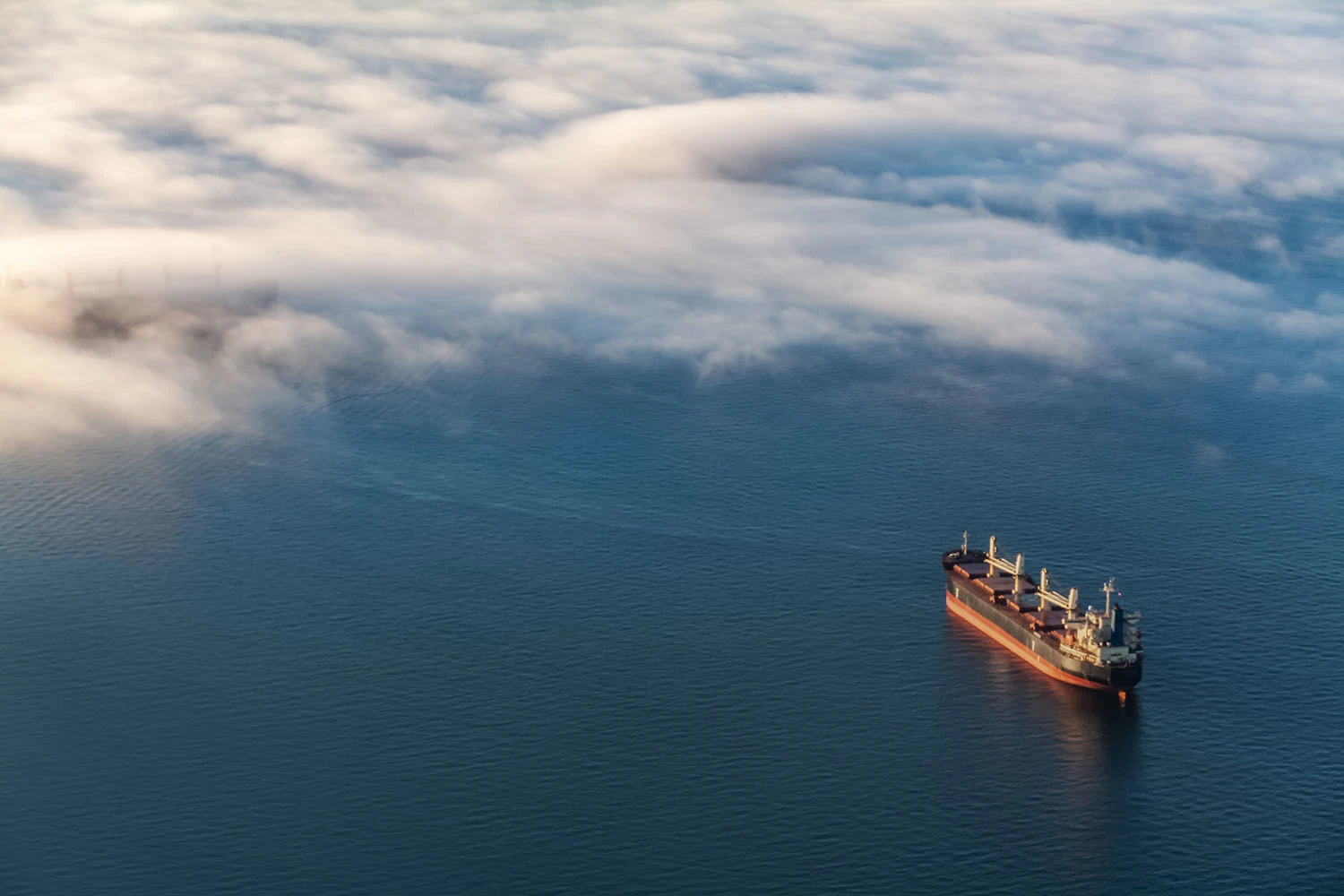Trafigura has envisaged various types of marine fuels in its bunker mix amid a fragmented regulatory landscape, Global Head of Shipping Andrea Olivi said, after the International Maritime Organization failed to adopt a global emissions regulatory framework.
One of the world’s largest trading houses, Trafigura has about 400 tankers, dry bulk carriers and gas carriers on time charters to transport energy and commodity products for its own operations and external clients.
The company has aimed to reduce the greenhouse gas emission intensity of its shipping operations by 25% by the end of the 2030 financial year (October 2029-September 2030) from a 2019 IMO baseline, with a 23% cut already achieved in FY 2024.
In a recent interview, Olivi told Platts, part of S&P Global Commodity Insights, that Trafigura would shift to multiple types of alternatives to conventional, oil-based marine fuels on its decarbonization pathway.
“If you ask me to describe the Trafigura fleet in five to seven years’ time, I am sure that we will have dual-fuel LNG vessels, as we will have dual-fuel ammonia vessels and dual-fuel methanol vessels,” the executive said.
Aside from already operating ships capable of running on LNG, LPG, ethane, methanol and biofuels, Trafigura is due to take delivery of four mid-sized gas carriers installed with ammonia propulsion technology from HD Hyundai Mipo in 2028.
“We are fuel agnostic … we will be kind of playing the fuel mix depending on what regional regulations dictate,” Olivi said.
IMO delay
In mid-October, IMO member states voted to delay the adoption of the Net-Zero Framework by a year amid strong US opposition, prompting doubts over whether the UN agency could push ahead with the regulation.
The framework is designed to narrow the price gap between sustainable and conventional fuels by placing a cost on maritime GHGs globally from 2028, which many industry participants, including Trafigura, believe would be crucial to accelerate the industry’s low-carbon transition.
September’s monthly average bunker cost for 0.5%-sulfur fuel oil, the most common bunker type, was $11.19/gigajoule in Rotterdam compared with $45.08/Gj for green ammonia delivered to Northwest Europe on a cargo basis, according to the Platts bunker cost calculator(opens in a new tab). But ammonia’s premium would shrink by 14% to $29.08/Gj for ships in intra-EU trades when the EU’s Emissions Trading System was taken into account.
“The IMO decision delays the implementation of a global framework, but there are still regional frameworks out there. Think about Europe with EU ETS and FuelEU Maritime,” Olivi said. “I think what we will see now in the next six to 12, 18 months is the emergence of more regional measures.”
The EU has extended its ETS to cover maritime transportation since 2024 and introduced the FuelEU rules on marine energy’s GHG intensity from this January, while analysts said the UK, Turkey, some African countries and China might usher in similar regulations.
“[Instead of] a global approach, we will probably see a bilateral or at times multilateral approach between several different countries that agree to apply the same framework,” Olivi said.
“It’s just been delayed from a global point of view. But regionally, I think you will still see a lot of countries implementing new measures going forward.”
Following the IMO delay, Singapore — home to the world’s largest bunker hub — agreed to establish green corridors with China and South Korea that could lead to more use of low-carbon fuels on trade routes between those countries.
“I don’t think we’re stopping. It’s slowing down, and it requires perhaps a small tweak to the strategy, but I think the decarbonization story is still there,” Olivi added.
Fuel choices
In full-year 2024, Trafigura reported 639,923 metric tons of CO2-equivalent of Scope 1 GHGs from its shipping and chartering operations, or nearly 35% of the group total.
The company has planned to power its ammonia-capable gas carriers with low-carbon ammonia for decarbonization, and Olivi stressed its project does not depend on the IMO regulation.
“It doesn’t really affect the investment case, because we were planning to trade the vessels within regions where you already have a framework,” he said.
For conventional ships, Trafigura would turn to biofuels to reduce their carbon footprint while evaluating whether they can be retrofitted to run on alternative fuels at the age of five or 10 years, Olivi added.
While the executive has highlighted ammonia and biofuels as part of Trafigura’s fuel strategy, LNG remains widely viewed as the most commercially viable option in the near term.
The monthly average delivered bunker price for LNG was $14.02/gigajoule in Rotterdam in September, lower than $15.13/Gj for 0.1%-sulfur marine gasoil even when the ETS was not taken into account, according to the Platts bunker cost calculator.
“A lot of people see it as potentially a very cheap fuel in the years to come,” Olivi said. “I think the biggest challenge is the LNG bunkering infrastructure.”
The LNG-capable fleet is projected to grow from 653 ships at the end of 2024 to at least 1,368 by 2028, while the number of LNG refueling barges is expected to rise from 68 to 121, according to DNV’s order book data.
“An LNG bunker barge is an expensive piece of equipment, and we need more,” Olivi said. Source: Platts




